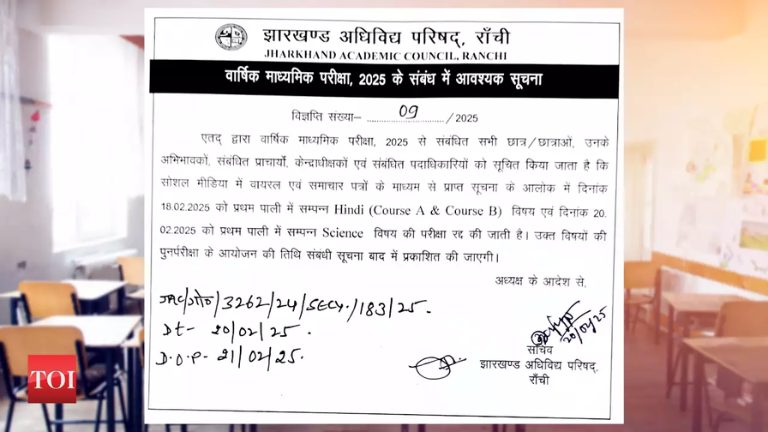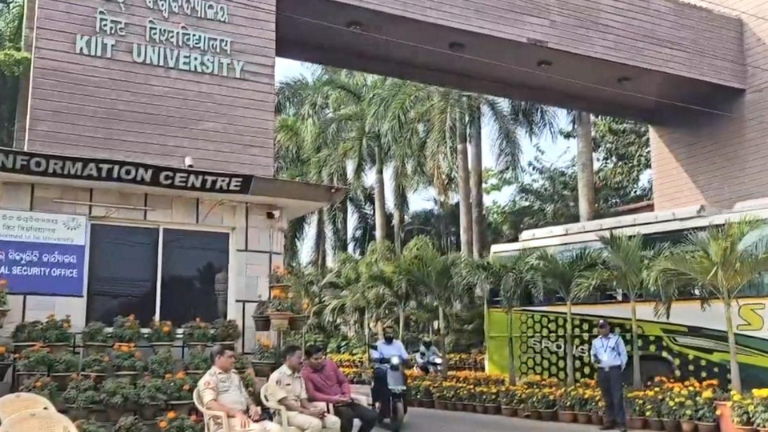India Tech Education Crisis: The Growing Skill Gap and Urgent Reforms
India, home to the third-largest startup ecosystem and a booming IT industry, is facing a severe tech education crisis. While demand for skilled professionals is increasing, graduates remain largely unemployable due to outdated curricula, lack of industry exposure, and insufficient research infrastructure.
Key Highlights of the India Tech Education Crisis:
- Employability in IT-tech sector dropped to 42.6% in 2024 (Mercer-Mettl Report 2025).
- Only 45% of job seekers in the tech sector are employable (TeamLease Digital).
- Over 50% of engineering colleges in India face low enrollments due to poor faculty.
- India contributes <1% of global AI patents, lagging behind China and the US.
The India Tech Education Crisis threatens not just economic growth but also global competitiveness, raising urgent concerns about India’s ability to sustain its digital economy.
The Current State of Tech Education in India
The India Tech Education Crisis has multiple layers, including outdated teaching methods, lack of industry-academic collaboration, and digital infrastructure gaps.
1. Market & Valuation of the EdTech Sector
- EdTech market valued at $7.5 billion (2024), projected to reach $29 billion by 2030.
- Five major EdTech unicorns in India: PhysicsWallah, LEAD, Eruditus, upGrad, Vedantu.
Despite rapid digital growth, traditional tech education remains stuck in outdated learning models.
2. Declining Quality of Engineering Institutions
- Over 50% of engineering colleges suffer from low enrollment rates.
- 2/3rd of MTech seats in India remain vacant (AICTE Report 2023).
- Only 10% of institutions offer ‘A+’ rated tech programs (NAAC 2023).
Key Issue: Lack of modernized courses, research facilities, and faculty expertise.
3. Widening Skill Gap & Outdated Curriculum
- Only 46% of Indian graduates are employable in AI/ML roles (Mercer-Mettl Report 2025).
- Focus on rote learning instead of coding, problem-solving, and innovation.
Impact: Tech graduates struggle to secure jobs in AI, blockchain, and cybersecurity.
4. Limited AI Research & Patents
- China produces 4x more AI research papers than India (Stanford AI Index 2024).
- India holds <1% of global AI patents, compared to China’s 60%.
Without investing in AI research, India risks falling behind in global tech leadership.
Why is Tech Education Critical for India’s Future?
The India Tech Education Crisis is not just about education—it directly affects innovation, economic growth, and national security.
1. Economic Growth & Job Creation
- IT sector contributes 8% to GDP (NASSCOM 2024).
- A well-trained tech workforce could add $1 trillion to India’s economy by 2030 (McKinsey 2023).
2. Boosting Innovation & Startups
- India ranks 3rd in global startup ecosystems but lacks skilled professionals.
- Only 30% of tech startups survive beyond three years due to expertise shortages.
3. Increasing Employability & Global Competitiveness
- India ranks 112/130 in workforce readiness for Industry 4.0 (WEF Report 2024).
- AI-driven automation threatens jobs, making tech skills essential.
4. Strengthening National Security
- India faces growing cyber threats but only produces 10,000 cybersecurity professionals annually.
- Projected demand: 1 million cybersecurity experts by 2025 (CERT-IN 2024).
Without cybersecurity reforms, India risks major digital vulnerabilities.
Challenges Driving the India Tech Education Crisis
Despite booming demand for tech professionals, the India Tech Education Crisis persists due to structural gaps.
1. Doctoral Deficit in Research & Innovation
- India has 1/3rd the PhD graduates compared to the US & 1/5th of China.
- Lack of research impacts intellectual property creation & technological progress.
2. Industry-Academia Gap
- Only 7% of colleges have strong industry tie-ups (AICTE 2023).
- Limited internship opportunities reduce student employability.
3. Faculty Shortages & Poor Teaching Quality
- 35% of engineering faculty positions remain vacant (AICTE 2024).
- Most professors lack real-world industry experience.
4. Brain Drain & Migration of Tech Talent
- Over 50,000 Indian engineers migrate annually for better opportunities (MEITY Report 2023).
- India struggles to retain talent due to lower salaries & limited R&D opportunities.
5. Limited Focus on Emerging Technologies
- Only 15% of universities offer courses in AI, blockchain, and quantum computing (AICTE 2024).
- India lacks a competitive homegrown AI model compared to global giants like GPT-4.
6. Digital Divide in Tech Education
- Only 18% of government schools offer basic computer education (ASER Report 2023).
- Rural students lack internet access & exposure to coding skills.
Government Initiatives to Reform Tech Education
Policy Reforms & Digital Initiatives
- National Education Policy (NEP) 2020: Introduced coding from Class 6 & experiential learning.
- Skill India Digital Hub (SIDH): Aims to create a digitally skilled workforce.
- AI-powered learning platforms: DIKSHA, NISHTHA Online & SWAYAM.
Industry-Academia Partnerships
- FutureSkills PRIME (NASSCOM-MeitY): Digital skilling program for tech talent.
- Infosys Springboard: Free online AI & programming courses.
Infrastructure & Research Development
- Smart India Hackathon: 2M+ students solving real-world tech problems.
- Technology Innovation Hubs (TIHs): 25 advanced R&D hubs across India.
The Way Forward: How India Can Overcome the Tech Education Crisis
Industry-Aligned Curriculum & Skilling Programs
- Mandate AI, data science & cloud computing as core courses.
- Collaborate with tech leaders like Google, Microsoft & TCS for certifications.
Strengthening Research & Innovation
- Increase R&D spending from 0.7% to 2% of GDP.
- Encourage university-led tech startups & patent filings.
Digital Infrastructure & Faculty Development
- Expand high-speed internet & smart classrooms in rural India.
- Train faculty with industry exposure & modern teaching techniques.
Retaining Indian Tech Talent
- Offer competitive salaries, tax incentives & research grants.
- Develop deep-tech job opportunities to prevent brain drain.
🚀 The India Tech Education Crisis is a turning point—either we reform or risk falling behind globally.
💬 How can India bridge its tech skill gap?







